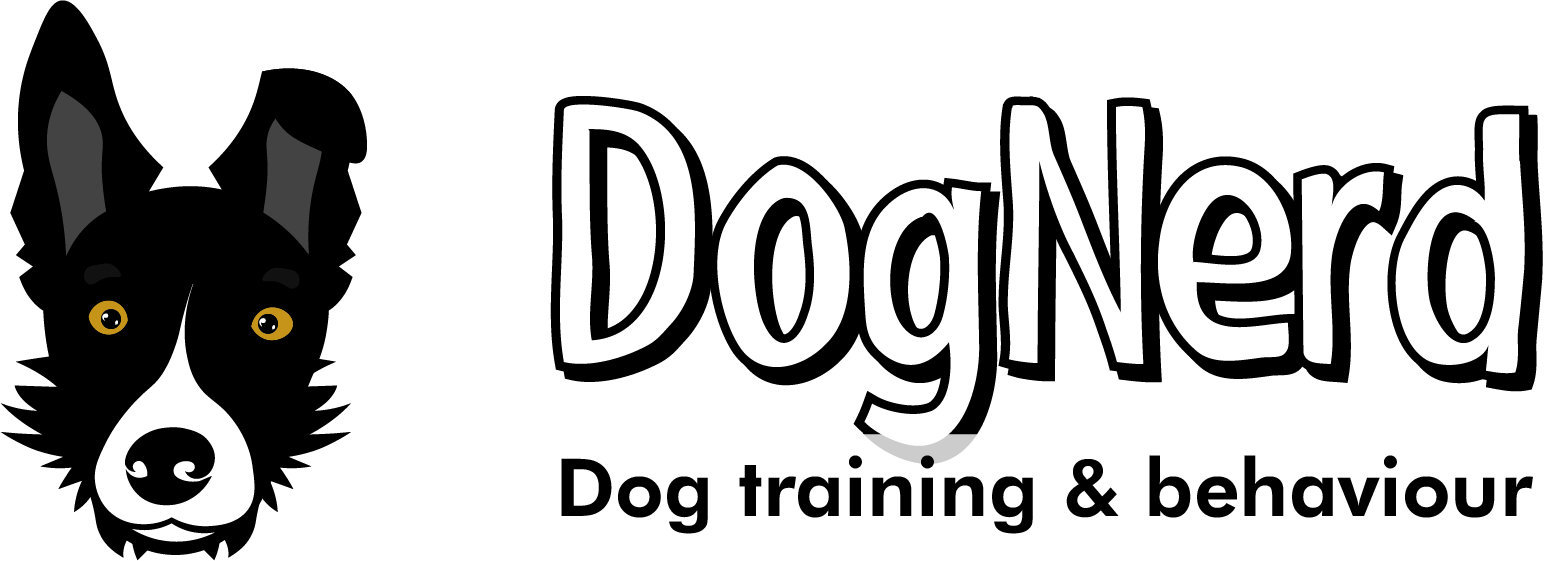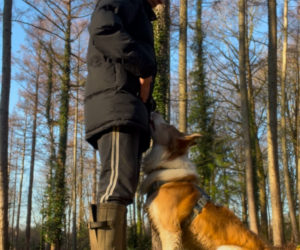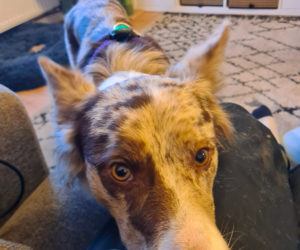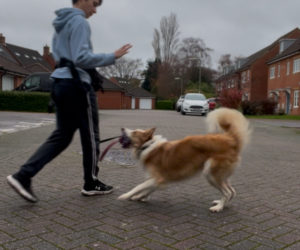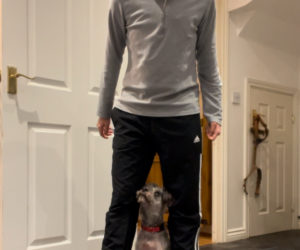Canine adolescence – what to expect and how to survive!

Adolescence can be a difficult time for dog owners. At around 6 months of age, your dog is not a baby puppy anymore, and until about 18-24 months (sometimes even longer) you may notice that even though your dog looks like an adult, he certainly does not behave like one! In humans, the brain does not have adult capacity for rational thinking and impulse control until the mid-20s, and in dogs the brain can continue to develop even after 2 years of age.
What do we see during adolescence?
So, from about 6-24 months of age, owners may observe an influx of ‘adolescent-phase behaviours’, which are largely comparable to those exhibited by human teenagers; increased independence, increased levels of energy, mood changes, irritability and impulsiveness. In practice, this may look like a reduced responsiveness to cues, increased interest in exploring the environment, and ‘bigger reactions’ to things in general.
Why does this happen?
Adolescent brains are still not completely developed, and are ‘inefficient’ compared to an adult brain. Adolescents across many species experience a surge of hormones during puberty, of which the brain is a major target. These hormones affect both myelination and neural pathways. Myelination is essential for efficient signal transmission in the brain, and in adolescents, this process is still not complete. Essentially, this means that neural communication in the adolescent brain is not as fast and efficient as that of an adult brain. Additionally, neural pathways themselves develop and change: unused pathways break down, while necessary pathways are strengthened.
It is important to consider the specific areas of the brain that undergo structural change during adolescence, and their role in behaviour regulation. For example, adolescence brings major structural changes to the prefrontal cortex, part of the frontal lobe that helps regulate impulse control. Immature frontal lobe connections explain the increased impulsivity that adolescents experience. The sensory regions of the brain, including the visual cortex, the amygdala, and the hippocampus, also undergo reorganisation, accounting for increased reactivity to stimuli in general: adolescents simply notice more. Lastly, the reward-related structures of the brain, such as the dopaminergic pathways to the prefrontal cortex, change during adolescence, affecting motivation.
How do we survive the adolescent period?
Canine adolescence can be a testing time for both dog and owner, but there are things we can do to make the ride as smooth as possible:
- Practise desirable behaviours – as neural pathways are changing and developing in the adolescent phase, it is important that we strengthen the pathways that we want to maintain! This means keeping up with training, and rewarding behaviours that we want to see more of in the future.
- Prevent the rehearsal of undesirable behaviours – we may need to keep some management in our dog’s life during the adolescent period to help him make good decisions. This may mean keeping him on a long line in certain places, or restricting his space if left unsupervised. We don’t want undesirable neural pathways to be strengthened!
- Make sure we’re meeting our dog’s needs – adolescents tend to have much more energy than both puppies and adults. Making sure that our dogs get appropriate exercise and enrichment will help satiate their needs, creating good antecedent arrangement for calm behaviour in the home.
- Be patient! – it’s normal to get frustrated with our teenagers from time to time, wishing to see the benefits of all our hard work and training! Don’t worry, it’ll come. Remind yourself that your dog is still learning, and that certain things are just harder for him during this time. Adolescence can be a rocky road, but patience and consistency will help both you and your dog get through it.
See how we can help
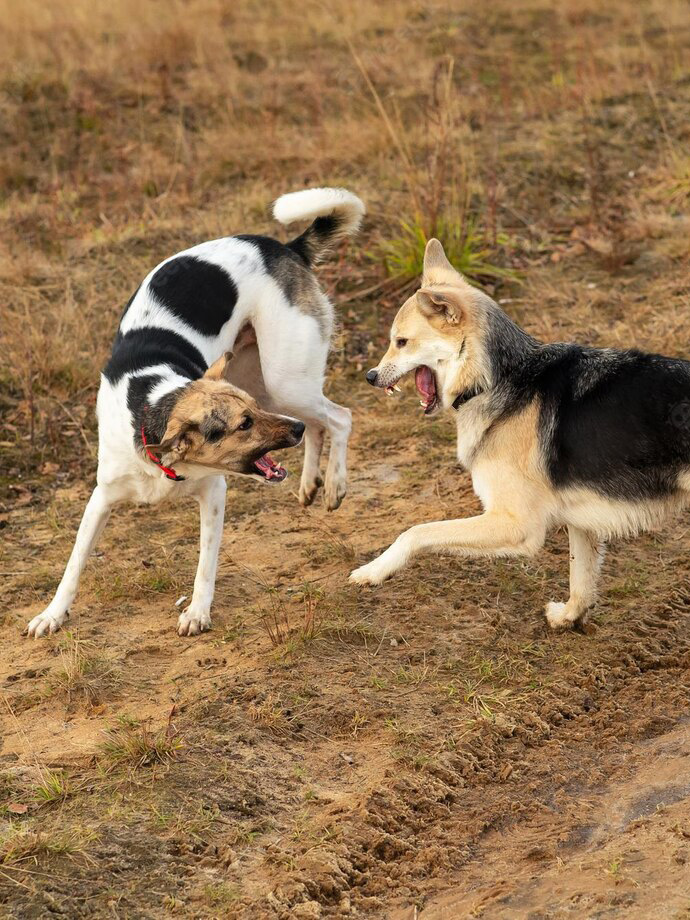
Behaviour rehabilitation
Many behaviour problems are linked to how your dog is feeling. Fear, anxiety and pain all influence how well your dog is able to cope with his environment and routines.
Dog training
Dog training is offered for all dogs: puppies, adolescents, seniors and newly adopted rescue dogs.

Book A Free Consultation Call
Unsure on where to start? I don't blame you, finding the right dog trainer can be a challenge in itself. Book a FREE 30 minute consultation call to find out more about how I work and how I can help you with your dog!
Given the dedication required to provide each dog and their owner with the personalised attention and training they need, I am only able to work with a limited number of clients at any given time. I sincerely believe in offering my services only when I am confident in my ability to deliver the outcomes you're seeking for your dog.
Related posts
Tips & Tricks is dedicated to providing every mama and papa with exclusive advice and information on how to take care and deal with their furry friends.
